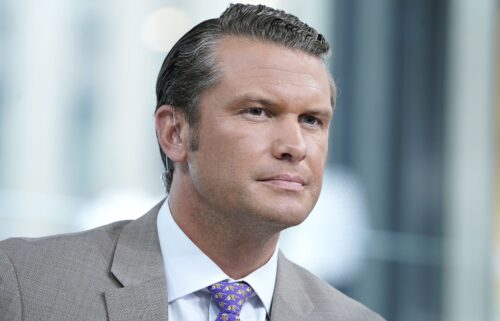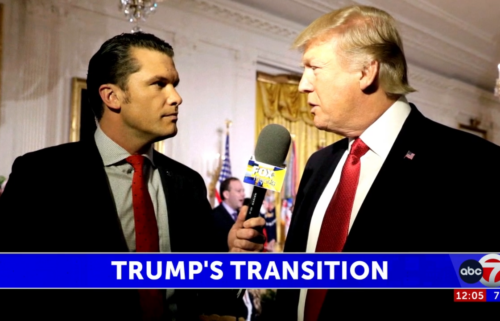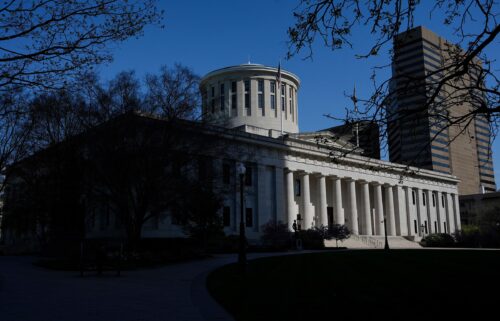US household spending on health care tops $1 trillion in 2018 for first time

American households spent more than $1 trillion on health care in 2018, reaching a pricey milestone, according to federal data released Thursday.
That includes out-of-pocket expenses for medical services and premiums for employer coverage, individual policies and Medicare, as well as Medicare payroll taxes. The figure grew by 4.4% from a year earlier.
The data — part of the National Health Expenditure report — comes as Americans, elected officials and presidential candidates try to tame the rising cost of health care. The issue is a top priority for President Donald Trump and has split the Democrats primary contenders.
Progressive candidates such as Sens. Bernie Sanders of Vermont and Elizabeth Warren of Massachusetts argue that the best way to reduce costs is to have the federal government take over the health insurance industry, while moderates such as former Vice President Joe Biden and South Bend, Indiana, Mayor Pete Buttigieg advocate less radical steps, such as a government-run health insurance option.
Overall, US health care spending rose 4.6% to $3.6 trillion last year, faster than in 2017 but the same as 2016, according to the report, issued by the Centers for Medicare and Medicaid Services. It accounted for 17.7% of the economy, slightly less than a year earlier.
Notably, the prices for prescription drugs at retail pharmacies fell 1% in 2018 — the first time since 1973 — due to a drop in generic drug prices and relatively low growth in brand-name drug prices. The data is based on the consumer price index for prescription drugs, which Trump often cites to show his progress in lowering health care spending. Some experts, however, say this index does not truly reflect the rising cost of drugs, in part because it excludes the pricey medications administered in hospitals and doctors’ offices.
Private businesses, meanwhile, shelled out nearly $727 billion on health care, an increase of 6.2% — the fastest growth rate since 2003. More than three-quarters of that spending is on employer contributions for insurance premiums, which rose at a quicker pace than in 2017.
Spending by Medicare, Medicaid and private health insurance grew faster in 2018 partly because of the reinstatement of the health insurance tax, an Affordable Care Act provision that Congress suspended for 2017. The tax was expected to raise $14.3 billion in 2018, according to the Internal Revenue Service.
While the growth in health care usage slowed last year, larger hikes in prices more than offset it. Hospital prices rose 2.4% last year, somewhat faster than the year before. Hospital spending accounts for one-third of health care expenditures.
The number of uninsured people rose by 1 million for the second year in a row, to 30.7 million in 2018. The uninsured rate remained roughly steady at less than 10%. Democrats have slammed Trump for undermining the Affordable Care act, which helped reduce the uninsured rate after the health insurance exchanges opened and states expanded Medicaid in 2014.




